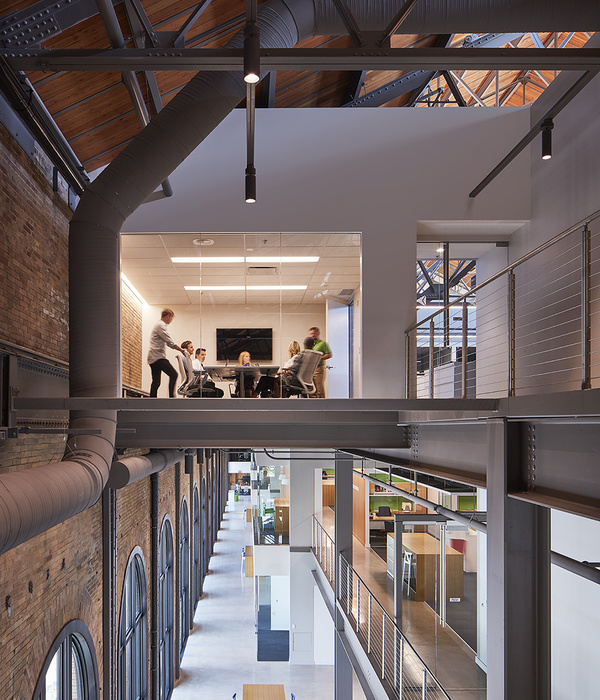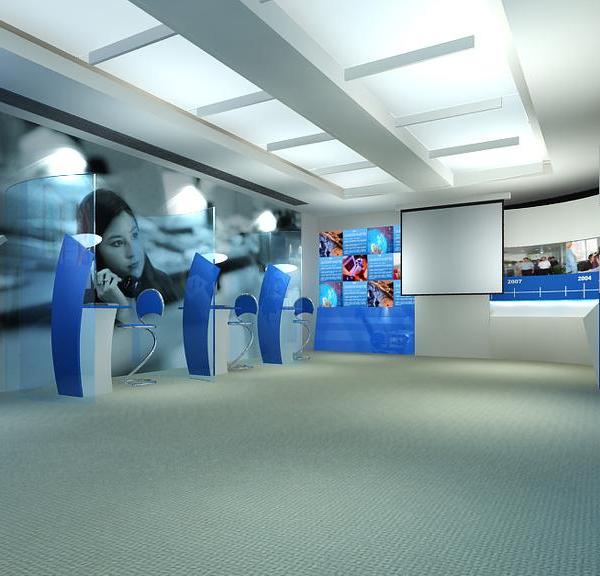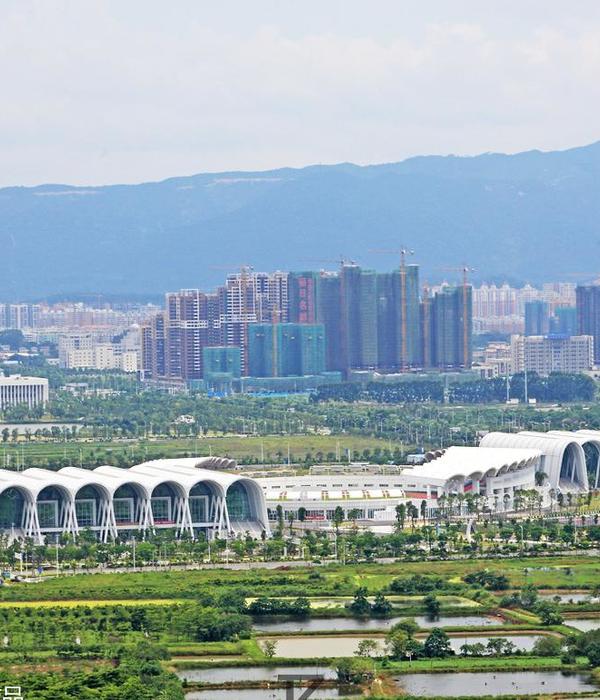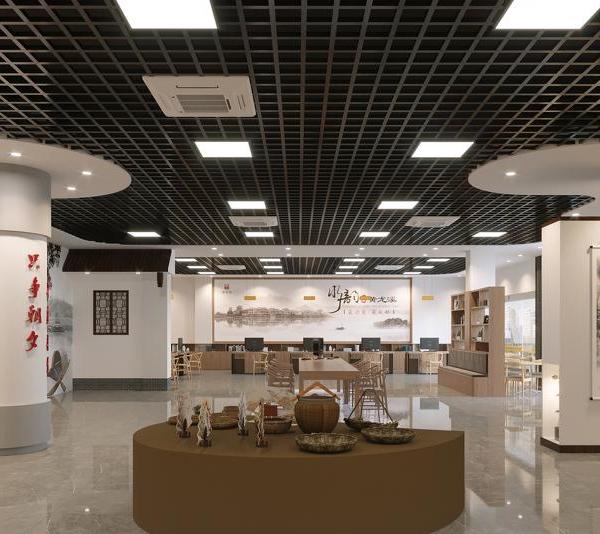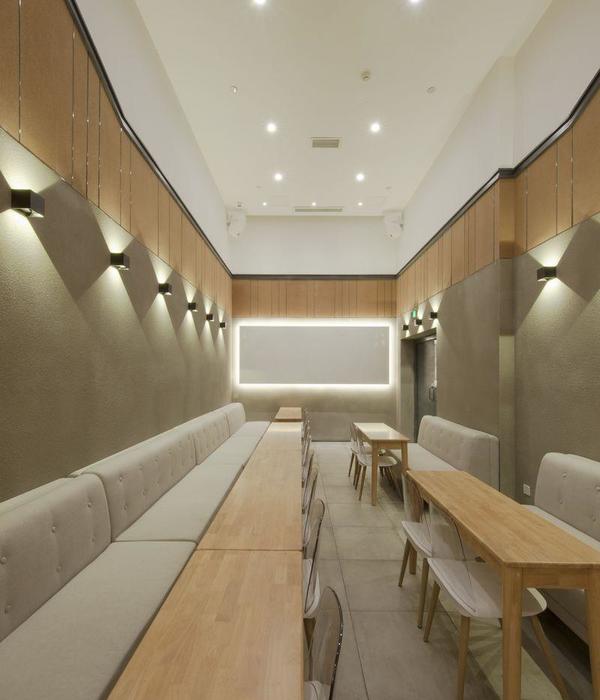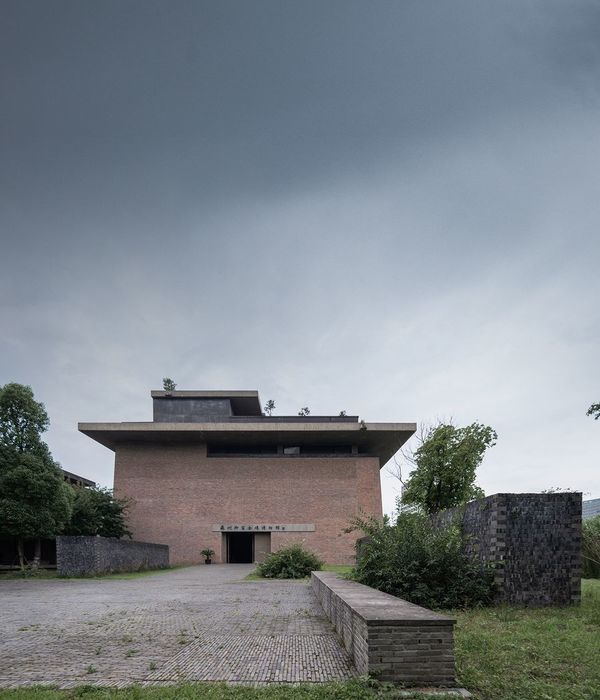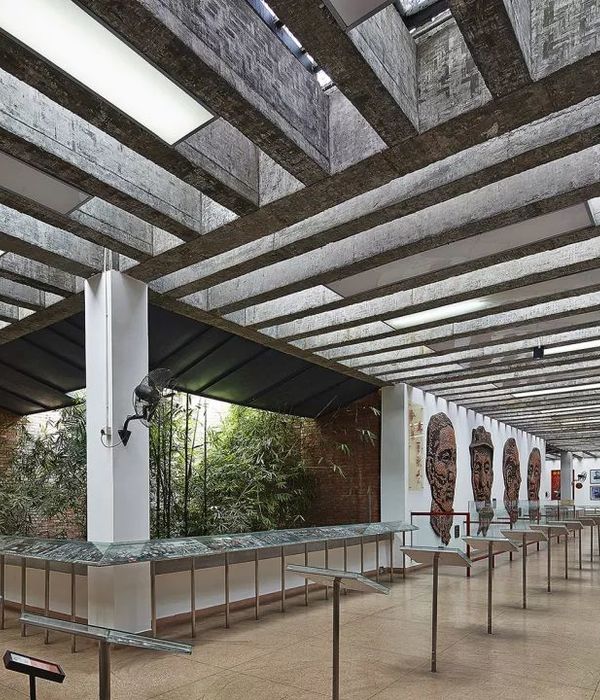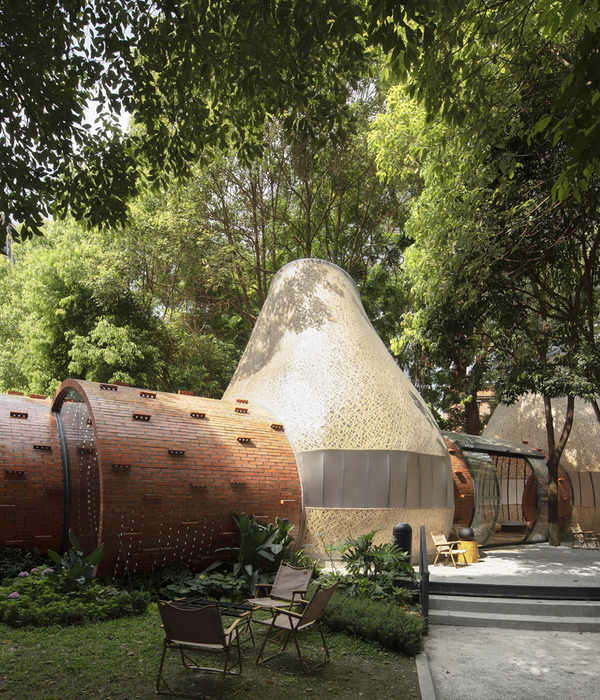Architects:BAROZZI VEIGA
Year :2019
Photographs :Simon Menges
Manufacturers : KEIM, DURLUM, Forbo Flooring Systems, Interface, Knauf, Laufen, Regent, Zumtobel, AGB Holding, Armstrong Ceilings, Astori Frères, BASWA acoustic, Bauwerk Parkett, Cinca, Clestra Hauserman, Creation Baumann, Dentan Frères, Design Composite GmbH, Dietrich isol AG, EMCH Ascenseurs, +17Erco, Eutrac, Franke, Hormann, INCHFURNITURE, Interior plaster, LUCE-ms, MOOS licht AG, Moll, Monolicht GmbH, Protektor Profil GmbH, RENTEX, RIBAG Licht AG, RWD Schlatter, Röben, SOTTAS, Silent Gliss-17KEIM
Lead Architects :Fabrizio Barozzi , Alberto Veiga
Project Leader : Pieter Janssens
Design Team, Execution Phase : Claire Afarian, Alicia Borchardt, Paola Calcavecchia, Marta Grządziel, Isabel Labrador, Miguel Pereira Vinagre, Cristina Porta, Laura Rodriguez, Arnau Sastre, Maria Ubach, Cecilia Vielba, Nelly Vitiello
Design Team, Competition Phase : Roi Carrera, Shin Hye Kwang, Eleonora Maccari, Verena Recla, Agnieszka Samsel, Agnieszka Suchocka
Local Architect : Fruehauf Henry & Viladoms
Project Manager : Pragma Partenaires SA
Structure Engineering : INGENI SA
MEP : BA Consluting SA
Facade Consultant : X-made SLP
Lighting Consultant : Matí AG
Museum Expert : BOGNER.CC
City : Lausanne
Country : Switzerland
Located in the city centre, the project proposed a master plan for the city´s three main museums: the Museum of Fine Arts MCB-A, the Museum of Contemporary Design and Applied Arts MUDAC andthe Photography Museum Musée de l'Elysée. The new Museum of Fine Arts takes place on the site’s southern edge as a longitudinal monolithic volume, parallel to the rails. Like the train station, it defines an urban space while protecting it from the trains’ nuisances. Embracing this condition, the Museum of Fine Arts, the biggest of the three museums, carries and expresses the memory of the site, echoing to the former industrial condition of the site with pragmatic forms, rigorous geometry and hard, sharp lines.
The opportunity to create an urban void led to demolition of part of the existing train hall. However, the preservation of the memory of a place is achieved through the preservation of fragments. The overall building is relatively hermetic, to protect the collections of the museum, and hence has a closed, introverted façade to the rails, on the south, and a more open, permeable, animated façade on the north. The ground floor was developed as the extension of the public plaza and thus shelters the main social programs. Once within the foyer, the saved fragment reveals its full role as a substantial structuring component of the new MCBA. The complexity of the program is solved in a very simple and synthetic way, five cores structure the program at every level but also help as a structural constructive elements and contain the form of the building.
The museum is organized on three floors connected by the continuous void of the foyer that structures the circulation. On the ground floor contains all the social functions of the program: foyer, bookshop, restaurant, auditorium and temporary gallery for contemporary art. The façade on that level is very porous, for these internal functions to be in continuity with the exterior public space of the plaza. On the higher levels, on both sides of the foyer, are organized the exhibition spaces. The building offers two facades, one opaque to the south and a more open and animated to the north, creating a dialogue with the new plaza. The North façade’s light exposure is minimized by deep vertical fins in between which are pierced tall and large windows. The fins are designed to prevent direct sunlight from ever entering the light-sensitive zones of the building. The upper floor is naturally lit from north oriented modular sheds designed to filter and adjust the solar light. The sheds possess an internal system of blinds to allow a meticulous control of the amount of light entering the rooms as well as the possibility of a dimmed atmosphere.
The brick facades evoke the industrial history of the site and offer a texture, a vibrant pattern to the monolith. On the plaza, the vertical blinds’ rhythm break the massiveness of the monolith and reveal the openings. At night, the blinds serve as a canvas to diffuse the light coming from the museum, transforming the façade to the plaza. The founding idea of the plazas’ urban design is to create an exterior public space in dialogue with the museums. Like the buildings, it integrates fragments of its industrial past, the rails and the turning plate.
▼项目更多图片
{{item.text_origin}}


